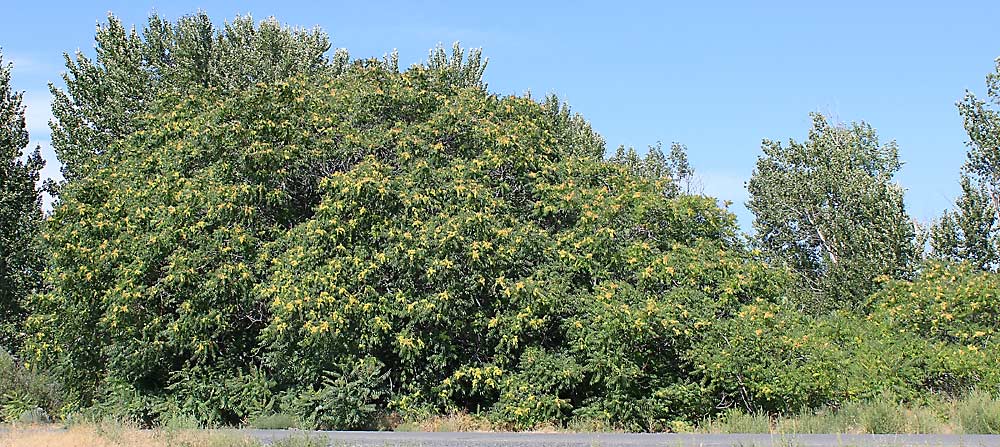
Kill tree of heaven.
Washington weed authorities are asking residents to remove and report tree of heaven to try to make the state less hospitable to spotted lanternfly, a grapevine and tree fruit pest that appears to be spreading westward across the nation. Both the plant and the insect are invasive species.
The Washington State Noxious Weed Control Board wants to track the location of tree of heaven (Ailanthus altissima), a fast-growing plant native to Asia that has become naturalized throughout the state. The plant is a pest in its own right, forming thickets that choke out native flora and leach allelochemicals toxic to neighboring plants.
But it’s also a preferred host for spotted lanternfly, a large invader that sucks sap from grapevines, as well as a variety of woody plants. The insect pest made its first U.S. appearance in 2014 in Pennsylvania and since then has spread to 10 other Eastern and Midwestern states, according to the U.S. Department of Agriculture.
Entomologists consider West Coast vineyards high-risk habitat for the spotted lanternfly. Last year, sightings were reported in North Central Washington, though unconfirmed, and a dead lanternfly was found in an Oregon nursery in 2019.
Tree of heaven now grows throughout the United States, as well.
In Washington, authorities suggest residents dig up the tree if at all possible and report the location to the Washington Invasive Species Council at invasivespecies.wa.gov/report-a-sighting/noxious-weeds. The website offers an app for download.
The weed board does not have the resources to eradicate the plants for residents, said executive director Mary Fee. She advises checking with county authorities if the tree is on riparian land.
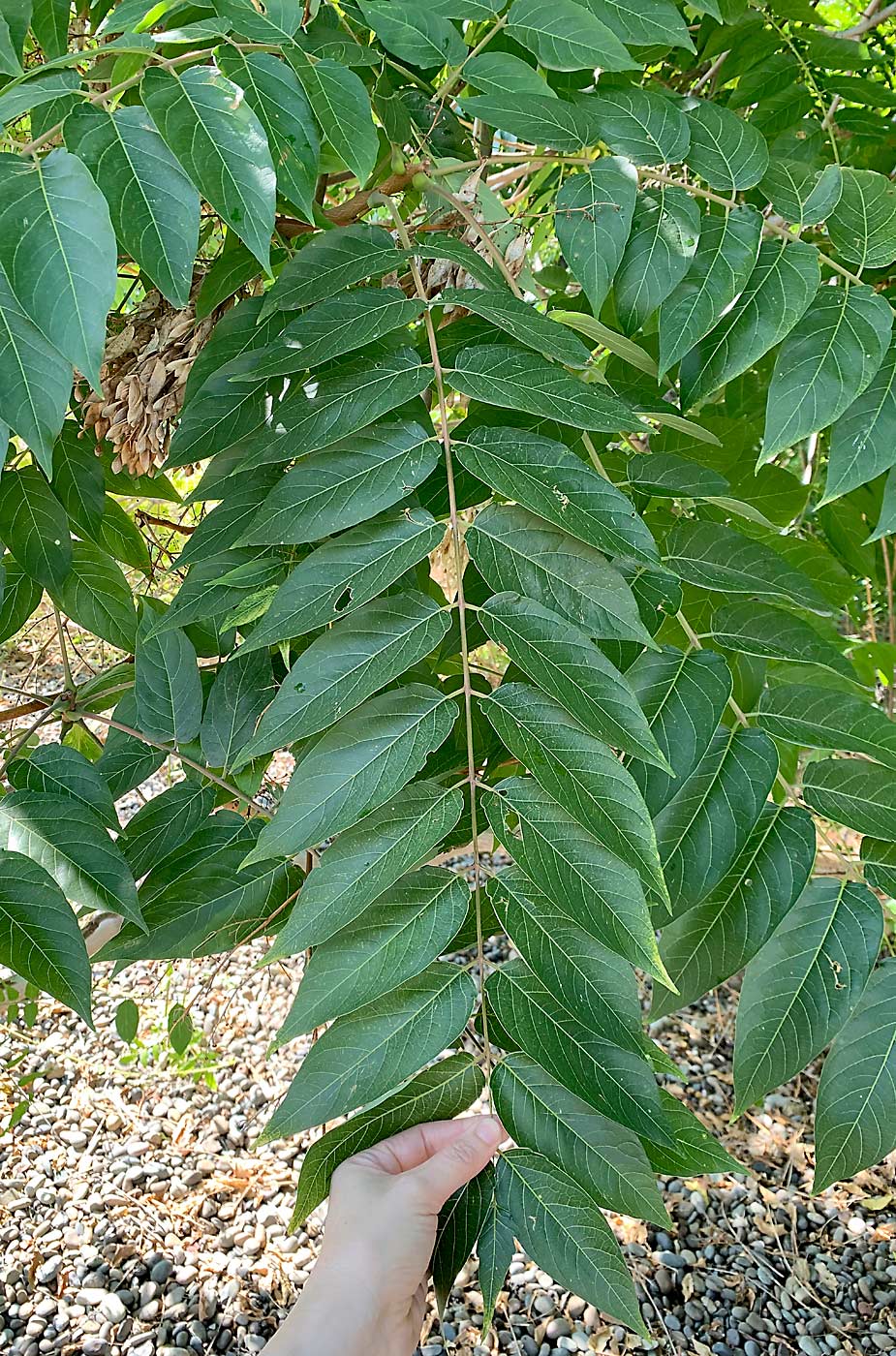
Look carefully before taking action, though. With compound, alternate leaves, tree of heaven looks similar to black walnut and sumac. However, tree of heaven leaflets have smooth margins, while the others have serrated, or toothed, leaflets.
—by Ross Courtney

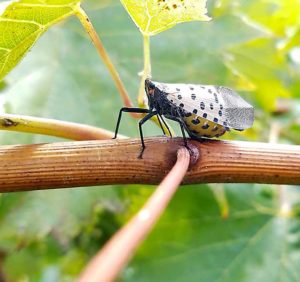
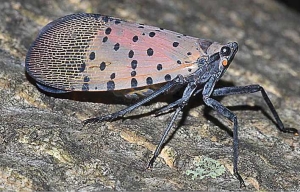
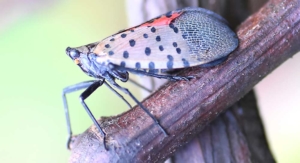





Leave A Comment